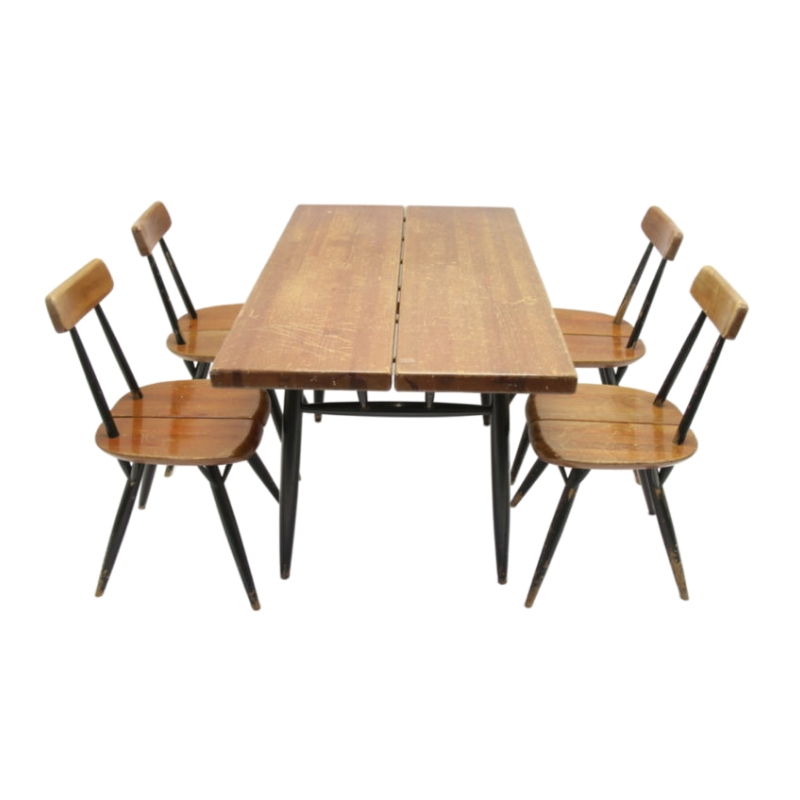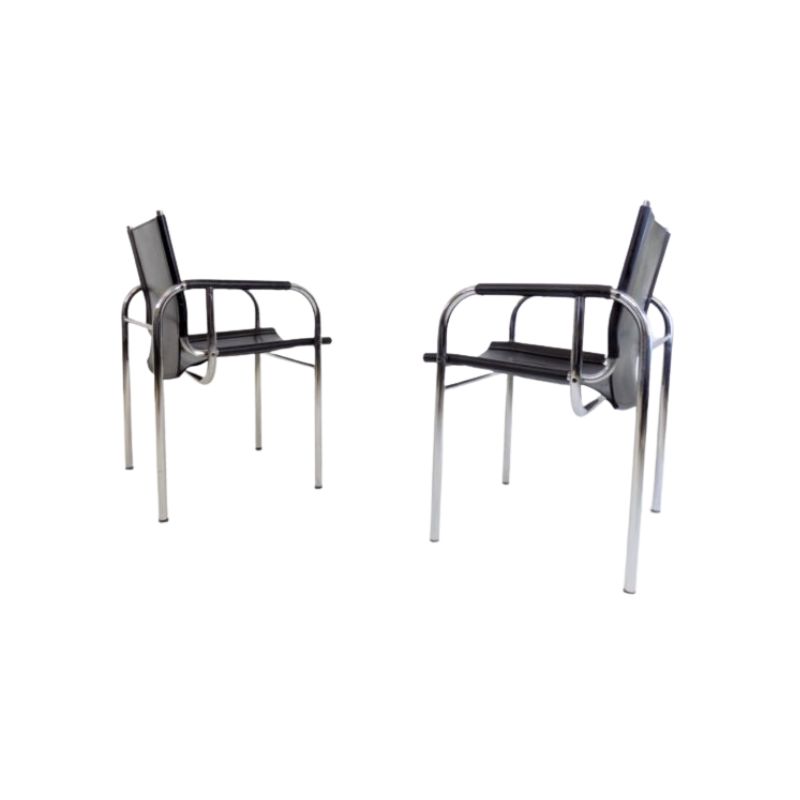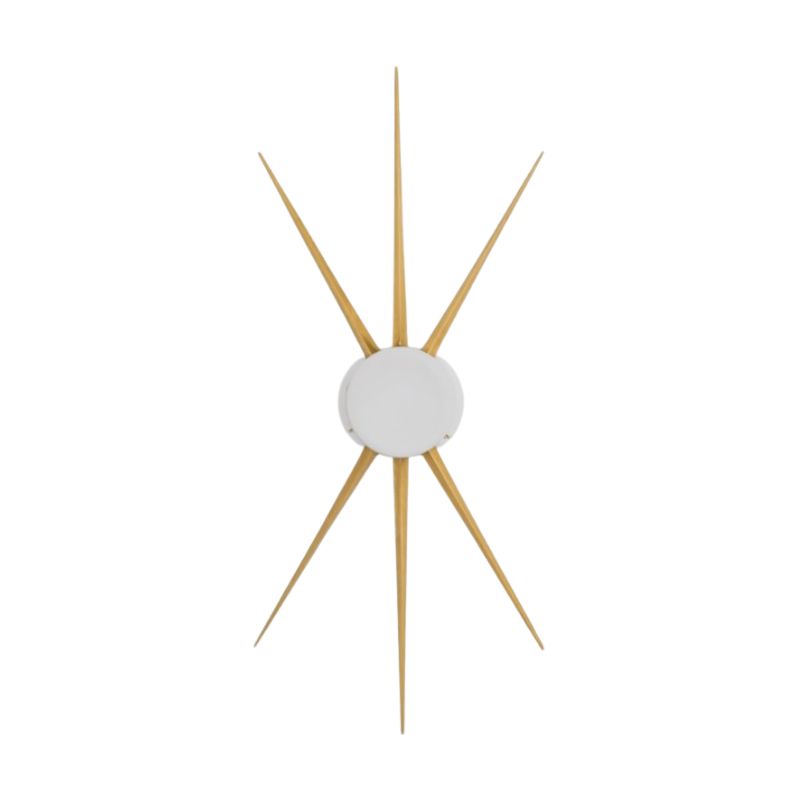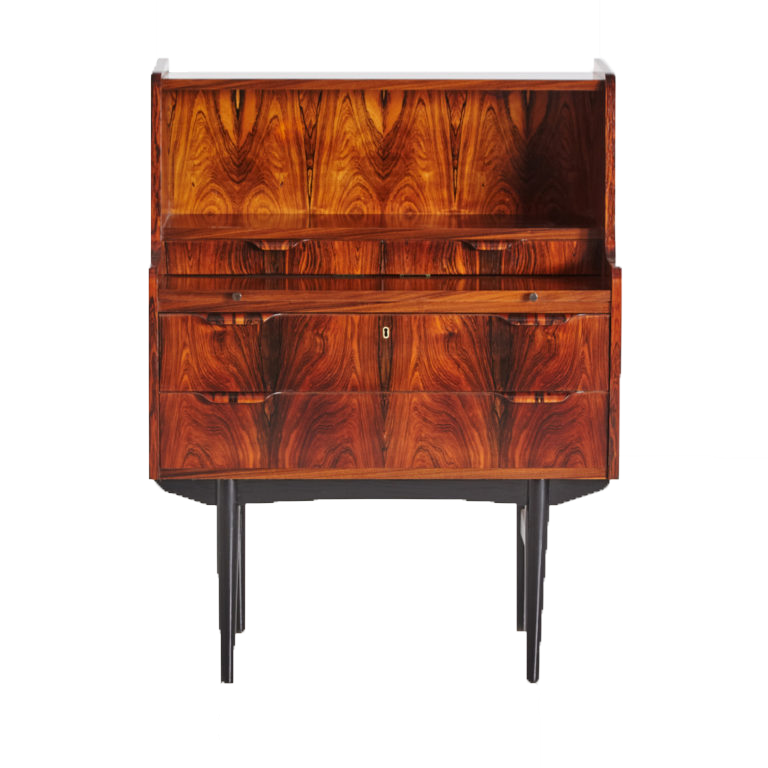Dear all,
I have recently came across a cube bar (AT34) from Hans Wegner, Oak, man. by Andreas Tuck. I must admit the design is beautiful and the care for the details too. But is there a reason why it sells for over 8000 dollars? I believe the items is not so rare to justify the price. Also, there are "bigger" design classics made of teak or palisander, in terms of dimensions, that do not sell so high.
Any idea?
Cheers
Actually a solid teak case with dovetailed corners is above the usual factory danish work. It is more what you might see amongst the pieces made by the cabinet makers. Even the danes did not usually cut face-quality dovetails (no imprecision allowed). Usually you see finger joints on such cases pieces, like the Hvidt and Mølgaard for Søborg pieces.
And that is perhaps a subtle distinction, but Danish Modern is all about subtlety.
Dovetails, like on the Wegner AT34, are harder to make than finger joints (also known as box joints). Finger joints have 90 degree sides and both sides of the joint are the same shape, so there are a lot of tools that can be used to cut them in a straight forward manner. Dovetails have tails on one side and pins on the other, so you have to cut each side of the joint differently, and it is harder and trickier to remove the wood because the the sides of the tails and pins are angled.
Dovetails are also a better joint in that they mechanically lock in one direction. Finger joints (box joints) are strictly held together with glue. Of course there is a lot of glue surface with either one so they are both very strong joints. Dovetails were originally conceived for producing case pieces before PVA glue was invented, when it was only hide glue, which crystalizes and breaks after a few decades. The dovetails would hold the piece together even after the glue joint had weakened and the carcass from racking as well. They dovetails would be situated so that to disassemble the piece the top and bottom have to be removed vertically. The sides are mechanically locked into place by the shape of the dovetails. Thus gravity would suffice to hold the piece together.
If the same piece had been built with finger joints (box joints) then when the hide glue failed, the sides would easily wiggle off, and the piece would be susceptible to racking, and in short order the piece would completely fall to pieces.
The other place you commonly see dovetails is on drawer boxes, where the front and back of the drawer are locked to the sides. This is done so that when you open the drawer, you cannot pull the drawer front right off the sides if the glue joint has failed. (Also if you open the drawer very quickly, and junk inside slams into the back of the drawer, it cannot pop off).
My point is that if you look at the work Wegner designed for Johannes Hansen, a cabinet maker, you will see this sort of traditional, high end joinery work executed to perfection, together with the more traditional use of solid wood, which is a challenging material to use compared to particle board or plywood. If you look at Wegner designs from RY Møbler, which was his standard factory case furniture maker, you will not see quite this same degree of excellence. Don't get me wrong, those pieces are very nicely made, but not to the same degree.
This little bar box is sort of like a tour de force in miniature.
If you need any help, please contact us at – info@designaddict.com









